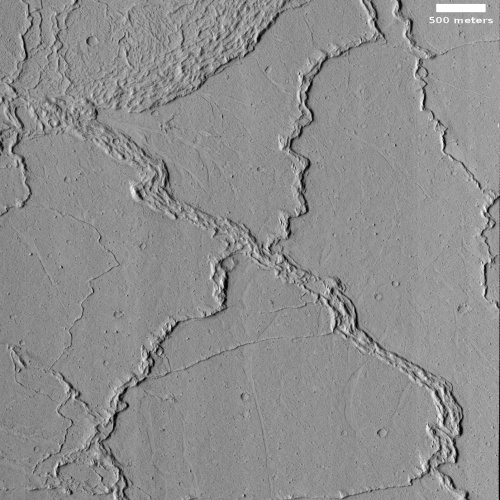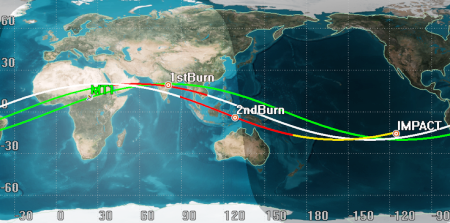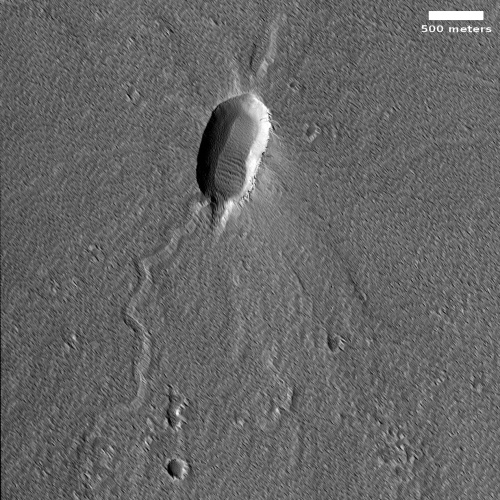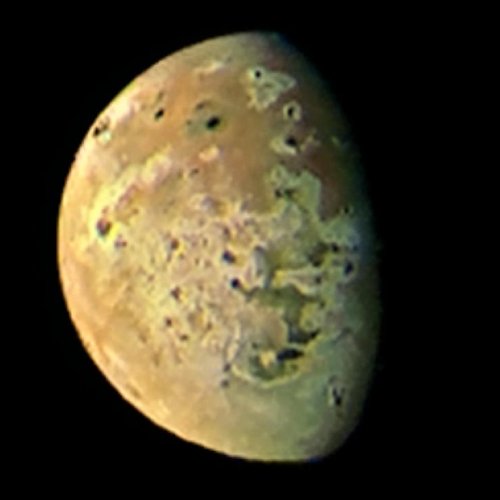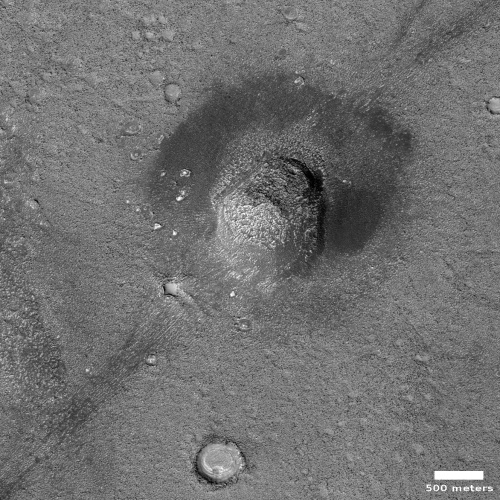Biden administration proposes more budget increases for NASA
In releasing its proposed federal budget for 2024 with many major spending increases, the Biden administration has also proposed a significant increase in NASA’s budget. the third year in a row it has done so.
The shortened summary version of the Biden budget proposal [pdf] covers its proposals for NASA in two pages, with the most important proposals as follows:
- A half billion dollar increase in the budget for the Artemis program for a total of $8.1 billion.
- A commitment to partner on Europe’s ExoMars Franklin rover mission, replacing Russia.
- $949 million to develop the Mars sample return mission to bring back Perseverance’s core samples.
- $180 million to begin development of “a space tug” that can de-orbit ISS as well as “be useful for other space transportation missions.”
- $1.39 billion for developing new space technologies, an increase of $190 million.
The last two items will likely be money offered to many new commercial startups.
Though we can expect some resistance by the Republican House to most of the budget increases in the overall Biden budget proposal, expect Congress to rubber stamp the NASA increases, as it has done routinely in recent years. Congress might shift or reject some of these ideas, but generally, when all is said and done, it will only make superficial changes. NASA will likely more money.
In releasing its proposed federal budget for 2024 with many major spending increases, the Biden administration has also proposed a significant increase in NASA’s budget. the third year in a row it has done so.
The shortened summary version of the Biden budget proposal [pdf] covers its proposals for NASA in two pages, with the most important proposals as follows:
- A half billion dollar increase in the budget for the Artemis program for a total of $8.1 billion.
- A commitment to partner on Europe’s ExoMars Franklin rover mission, replacing Russia.
- $949 million to develop the Mars sample return mission to bring back Perseverance’s core samples.
- $180 million to begin development of “a space tug” that can de-orbit ISS as well as “be useful for other space transportation missions.”
- $1.39 billion for developing new space technologies, an increase of $190 million.
The last two items will likely be money offered to many new commercial startups.
Though we can expect some resistance by the Republican House to most of the budget increases in the overall Biden budget proposal, expect Congress to rubber stamp the NASA increases, as it has done routinely in recent years. Congress might shift or reject some of these ideas, but generally, when all is said and done, it will only make superficial changes. NASA will likely more money.


